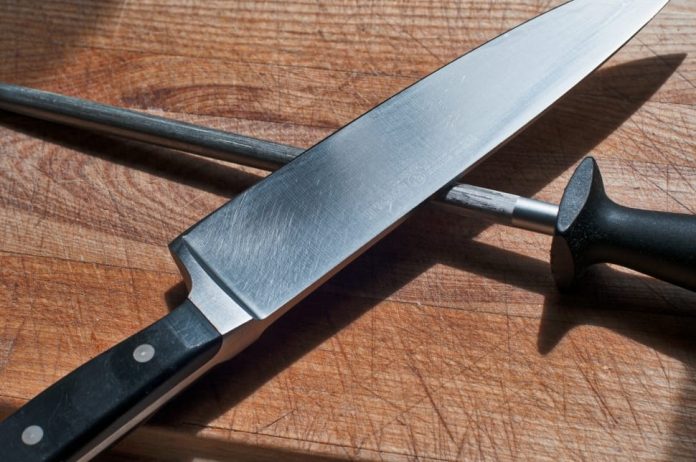You can control the sharpening effect on the highlights and shadows in the Advanced settings. You can also adjust the Radius value, Brightness, and Contrast. Be sure to preview the entire image before applying sharpening filters. This will help you determine the right amount of sharpening.
Image Sharpener
An image sharpener such as Topaz Labs is a powerful tool for fixing various photos. Its AI-based algorithms will detect the level of blurring in an image and apply the most appropriate AI model and adjustments. It offers ten different AI models, each with different parameters, to help you get the best results from your images. These models can also be compared with each other for maximum precision.
The software is updated regularly, and the latest version includes the following:
- A new user interface.
- Native support for Apple M1 cameras.
- Several performance improvements.
The software is compatible with most images, including raw and DNG files. Sharpened AI can analyze photos and automatically correct problems with camera shake, wrong focus, or general softness. Its algorithm is trained on millions of blurred and sharp image pairs. The software can be used in manual or automatic mode.
The sharpening model is easy to adjust. You can also use the Softness model, which gives images extra “pop” while maintaining the image’s natural quality. It can replace the sharpening model and is recommended for photos that contain fine details.
Blending Options
In Photoshop, you can use the Blending options to sharpen an image. These options allow you to set the level of sharpening on the highlights and shadows. You can adjust the Radius slider to increase or decrease the amount of sharpening. Make sure to preview the image first before using these options.
First, you need to change the blend mode for the sharpening effect. To do this, double-click on the filter name. The default blend mode is Overlay. You can choose the other blending modes from the Layer menu. Increasing the radius value will make the sharpening effect more visible.
You can also sharpen the image by adjusting the High Pass filter. Stacking different levels of the High Pass filter can get the best sharpening effect. You can also duplicate the layer you’ve applied sharpening to for a more significant effect.
Brightness
A simple image editing technique that improves the contrast between the high and low areas of an image is sharpening. This technique makes a dark image look brighter and makes the image appear noisy. In later lessons, we will learn how to reduce noise in an image. For now, let us focus on increasing the image brightness.
You can use Adobe Photoshop to adjust the image’s contrast and brightness. There are four tools available to adjust contrast and brightness levels. The first one, called Brightness-Contrast, is the easiest and most basic of them all. However, you can use the Curve and Levels tools to get more advanced results. In addition to brightness, these two tools also adjust the contrast between dark and bright colors.
Using Lightroom
Adobe Lightroom is where many seasoned photographers spend most of their post-production time. It is the most excellent option for swiftly importing, sorting, and eliminating hundreds or thousands of photographs at once, in addition to being a sophisticated editing tool. Compared to Photoshop, Lightroom frequently needs to improve its capacity to apply minor, precisely targeted alterations. It does provide tools for modifying both global (the full image) and local (a specific area of the image), but they’re more rapid and versatile than their Photoshop counterparts.
High-Pass Filter
When sharpening a photograph, High-Pass sharpening provides the most control and versatility. With the help of this method, we can precisely control where and how much sharpening is given at different points. The best part is that each element may be modified or removed at any time.
Finding the ideal degree of sharpness for the eyes is the primary goal of our first High Pass Layer. If you believe the eye detail is ideal, set the Radius to that setting and click OK. Although the effect is noticeable everywhere, we want the eyes to see it. This procedure can be repeated as many as necessary for as many different regions as you choose. We frequently construct three High Pass Layers: one for the overall sharpening of the image, one for the minor details, and one for the significant features. Each High Pass Layer you make, regardless of how many you make, is editable once it has been made.



















